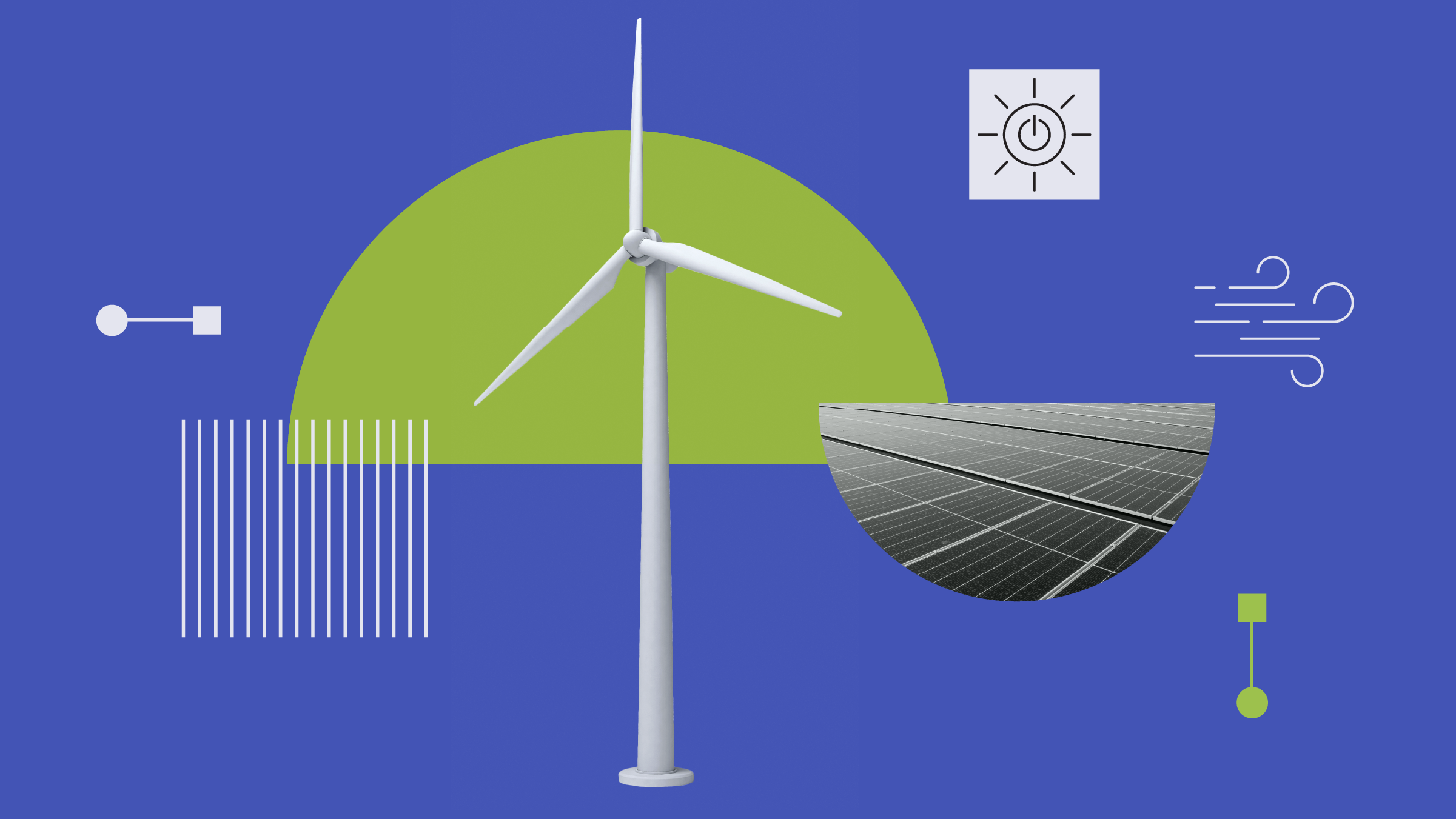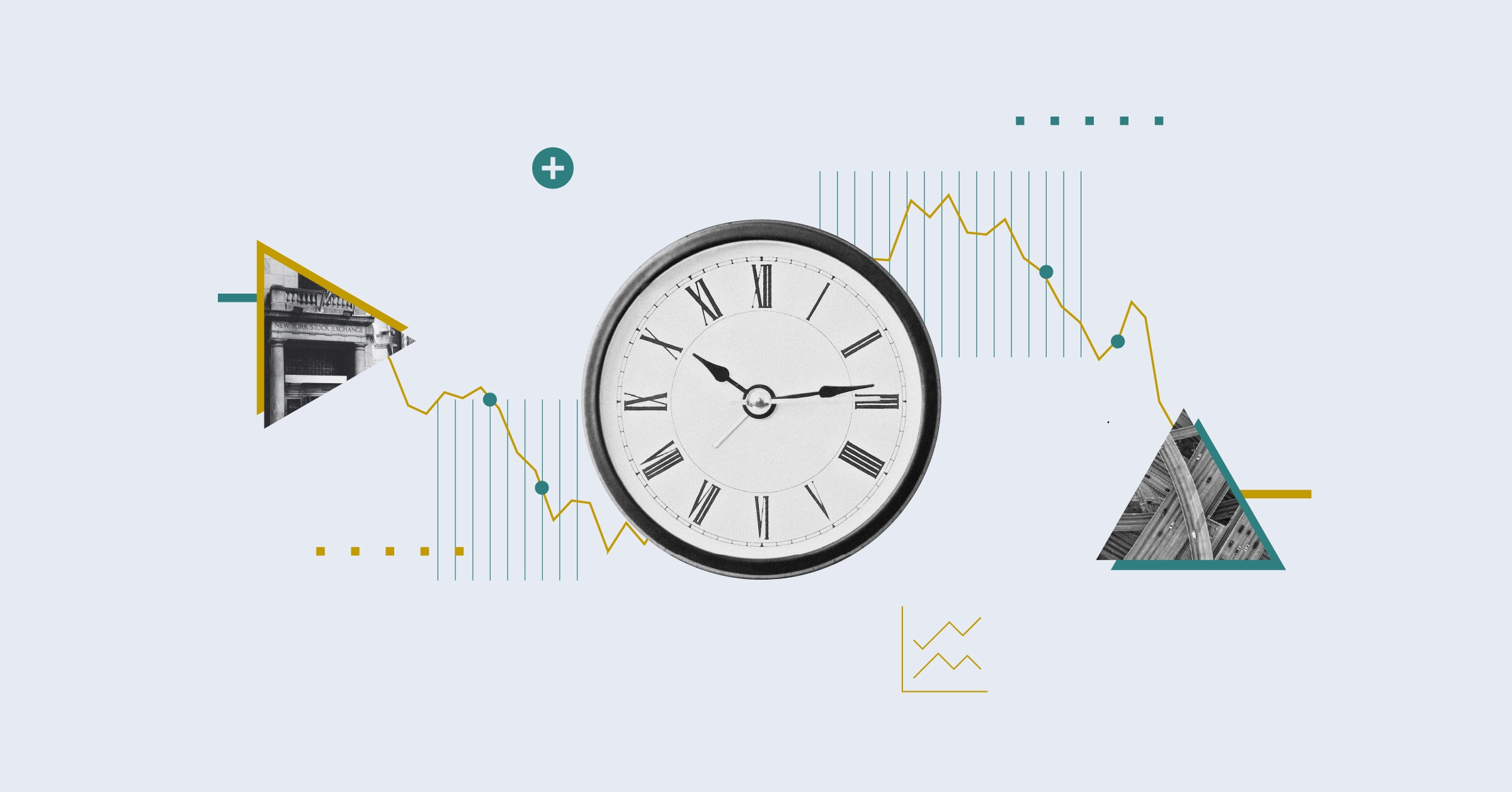What can investors expect from global stock markets - and fixed income and alternative investments - over the next 12 months? Read our special report to find out.

In an environment typified by expensive global equity and fixed interest valuations, cash continues to appeal as the one asset class that can protect capital with near 100% certainty. Put simply, holding cash makes sense when we are not getting sufficient reward for the risk of being more fully invested.
As key asset prices move closer to their fair value, or what we think they are really worth, our cash reserves serve two purposes. First, cash should help buffer the portfolio from any future volatility resulting from a fall in equity markets. But second, cash provides us with ample liquidity to take advantage of investment opportunities as they arise.
This means we will avoid having to sell down existing investments to fund purchases, at what may otherwise be an inopportune time to sell, with price weakness often induced by investor fear and panic.
Property
Global REITs have delivered muted returns over the course of 2018, but even this return has come at the cost of elevated volatility, as positive sentiment surrounding stronger economic growth and rising inflation expectations, especially in the US, contrasted with concerns around the upward path for US interest rates; expectations for which have softened in more recent times.
While US REITs continue to look more attractive relative to European and Asian peers, current valuations make the entire global REIT asset class vulnerable to rising interest rates, which we expect to have significant long-term implications for asset valuations and debt-funding costs. As such, investors in global REITs are generally not being adequately compensated for the risk of losses in this asset class, in our view.
Infrastructure
Global infrastructure has seen weakness and, at times, significant volatility over the past twelve months as investors move to price in higher interest-rate expectations. That said, losses have been far below that of other growth assets, quarter to date, as investors tend to be attracted by the perceived defensive earnings profile of the asset class.
While there are expectations for increasing infrastructure spend as central banks hand over the stimulus baton, we continue to see potential risk of losses due to less attractive valuation levels.
Alternatives
In a world of low bond yields and overvalued stocks, alternative assets offer some appeal given that returns from this asset class have a lower direct relationship with the performance of traditional asset classes. Investment selection remains critical, with our preference for genuinely diversifying assets that are available at a reasonable cost and with abundant liquidity.




























